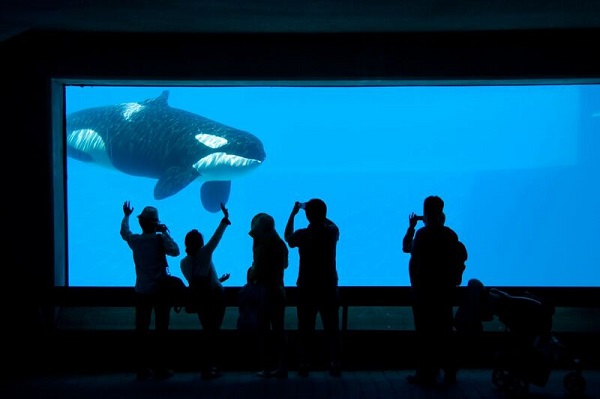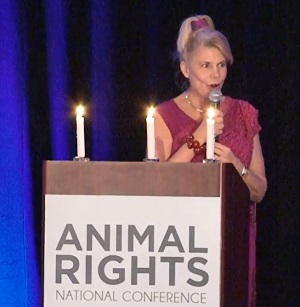Carroll County, MS – In Defense of Animals has unveiled brand-new, state-of-the-art facilities to care for the Deep South’s most abused animals at Hope Animal Sanctuary in Carroll County, Mississippi. The organization has rescued and rehabilitated animals in Mississippi since 1993, and this weekend it revealed a cutting-edge sanctuary that will support animals and the local community for many years to come. Members of the public joined canine, feline, and barnyard animal residents at a grand opening ceremony on Saturday, May 12, to celebrate and unveil the major face-lift.
“Hope Animal Sanctuary has rescued and rehabilitated thousands of Mississippi’s castoff animals in its 25 years, and these brand new facilities offer new hope to thousands more,” said In Defense of Animals President Dr. Marilyn Kroplick. “Animals find refuge at Hope Animal Sanctuary when they are beaten, blinded, burned, sick, starved, or simply forgotten, and now they will get the top-notch care they deserve in cutting-edge facilities. We are very proud of our quarter-century of work here in the Deep South and thank our generous supporters who have made it happen – their love and compassion is literally written on the bricks.”
Carroll County is a region devoid of animal shelters and other vital animal control services, making In Defense of Animals’ ongoing work beyond critical. The charity’s Hope Animal Sanctuary has rescued, provided refuge, and fought for justice for abused animals in rural Mississippi since 1993. It gives temporary sanctuary to dogs and cats, puppies and kittens, pigs, and horses. Last year, Hope Animal Sanctuary staff placed 700 dogs and cats in forever homes.
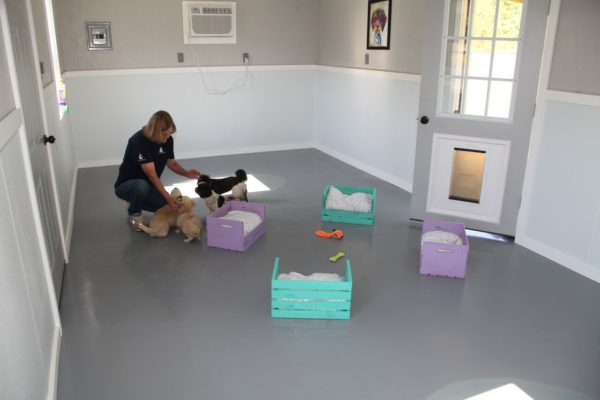
Dr. Kroplick cut the ribbon to reveal a new operations center that houses a calming cattery and state-of-the-art veterinary rooms, and will also serve as a welcome and education center for visitors. Traditional dog-kennels have been entirely reinvented as a groundbreaking community of 20 “tiny houses” that encircle the operations center to accommodate groups of rescued dogs and cats.
The cozy community homes are a breakthrough innovation that revolutionizes the way dogs and cats are sheltered. The tiny houses are thoughtfully designed for animals’ comfort first, allowing the occupants to live in a home-like setting while they wait for their loving new guardians. Specially developed to be warm in winter and cool in summer, each tiny house is nestled around a cul de sac and scenic walking path, complete with a covered porch perfect for afternoon napping. Each tiny house has a soft grassy dog run for furry friends to enjoy the play they have been deprived of for so long.
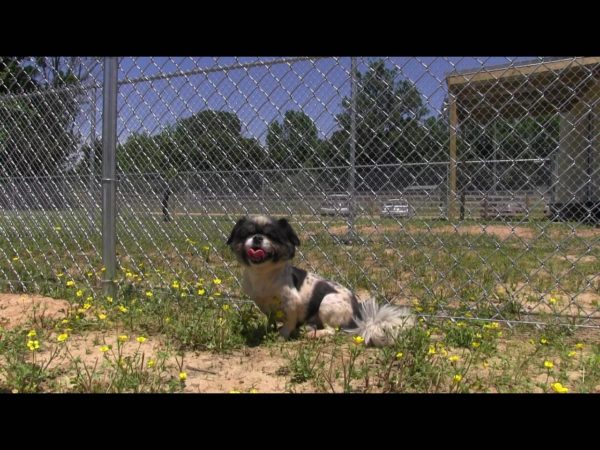
Veterinarians at Mississippi State Veterinary College gave the seal of approval to the novel renovation plans which were developed with a specialized animal sanctuary architect.
Dr. Kroplick paid tribute to several Mississippi animal advocates who have made animal rescue their life’s work.
“The animals and people of Mississippi are incredibly lucky to have animal angel Doll Stanley, a fearless campaigner who founded Hope Animal Sanctuary and has rescued literally thousands of animals during her 25 years service in Mississippi,” said Dr. Marilyn Kroplick. “We owe huge thanks to Stanley and also to Hope Animal Sanctuary’s Debbie Clark, Sharon Stone, and their fearless team who do the hard work, day in, day out, to get mistreated animals into loving homes. It is thanks to these folks’ unfaltering dedication to the animals we stand here today and our work will continue.”
The “Doll House” was unveiled in honor of Hope Animal Sanctuary founder and Mississippi Justice for Animals campaigner Doll Stanley. The founder of In Defense of Animals was also honored by the dedication of the “Dr. Katz Cattery” bearing his name.
In Defense of Animals also paid a touching tribute to the passionate animal advocates who helped rebuild Hope Animal Sanctuary. “We thank all the compassionate, generous In Defense of Animals supporters from around the world who have donated to make the Hope Animal Sanctuary rebuild happen. We especially pay tribute to the memory of Odette Grosz, New Orleans’ “grand dame of animal rights,” for this desperately-needed sanctuary rebuild would not have been possible had she not remembered the animals in her will.”
In Defense of Animals has invested $650,000 to construct the new buildings at Hope Animal Sanctuary that will allow the charity to continue to rescue and give shelter to thousands of homeless and abused animals for many years to come.
Hope Animal Sanctuary receives no government funding, so community residents and businesses are encouraged to support this vital community service by dedicating a memory lane pathway brick or sponsoring a dog run or dog house, all of which can be inscribed to recognize your commitment to serving the most abused animals in the Deep South.
For more information, please visit www.idausa.org/givehope
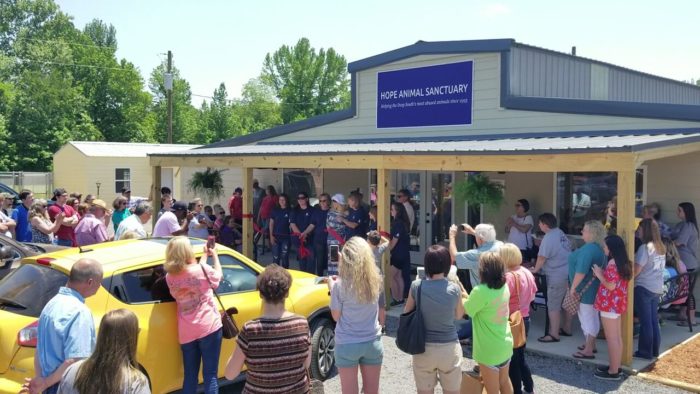
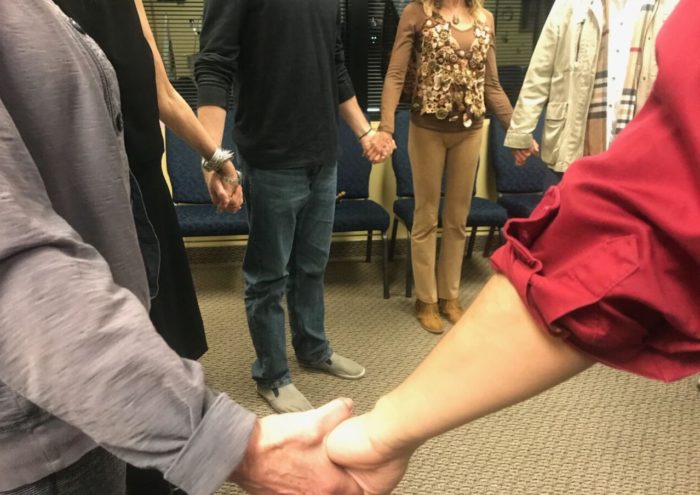
 “I am a strong believer in a plant-based diet for heart health,” said Dr. Shenkman. “Join me at Carnivores Anonymous to learn how a plant-based diet has fueled my athletic success, and why I recommend it for all my patients.”
“I am a strong believer in a plant-based diet for heart health,” said Dr. Shenkman. “Join me at Carnivores Anonymous to learn how a plant-based diet has fueled my athletic success, and why I recommend it for all my patients.”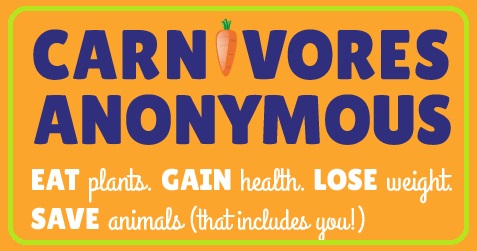
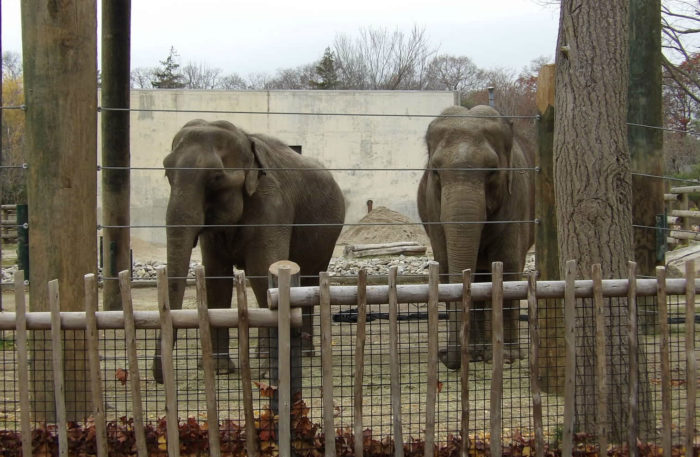
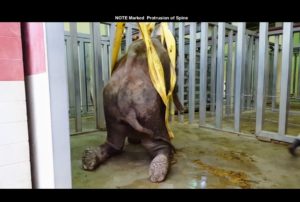
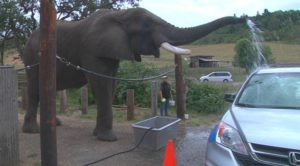
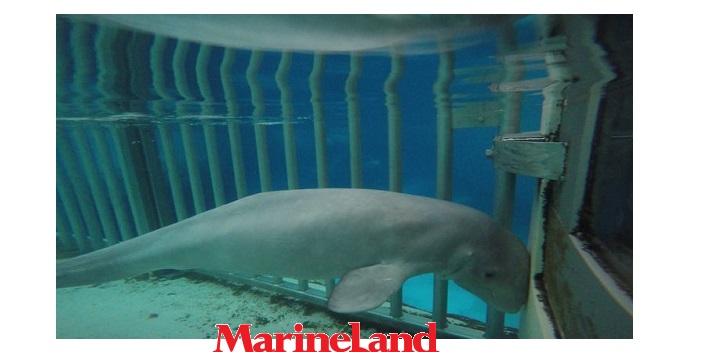

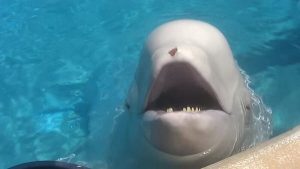 The list was selected from over 60 facilities from southern Canada to Mexico where almost 1,000 whales and dolphins are held captive for public display. “Forcing an orca to live in solitary confinement while hoarding so many beluga whales is Marineland’s tragic dichotomy, and a horrific example of cetacean captivity. It plumbs the depths in its exploitation of intelligent and sensitive animals,” said In Defense of Animals President, Dr. Marilyn Kroplick. “Even with the most modern technology, veterinary care, and infrastructure, cetaceans still suffer intensely in captivity and exhibit surprisingly high mortality rates.Please help protect dolphins and whales in the wild where they belong, by pledging to never visit facilities that imprison them.”
The list was selected from over 60 facilities from southern Canada to Mexico where almost 1,000 whales and dolphins are held captive for public display. “Forcing an orca to live in solitary confinement while hoarding so many beluga whales is Marineland’s tragic dichotomy, and a horrific example of cetacean captivity. It plumbs the depths in its exploitation of intelligent and sensitive animals,” said In Defense of Animals President, Dr. Marilyn Kroplick. “Even with the most modern technology, veterinary care, and infrastructure, cetaceans still suffer intensely in captivity and exhibit surprisingly high mortality rates.Please help protect dolphins and whales in the wild where they belong, by pledging to never visit facilities that imprison them.”